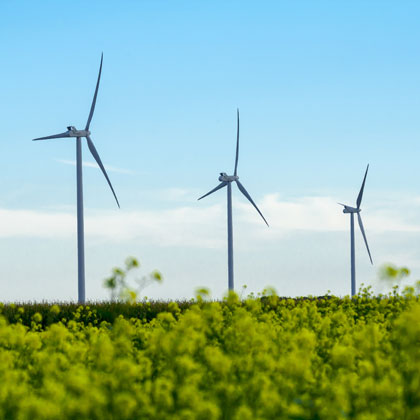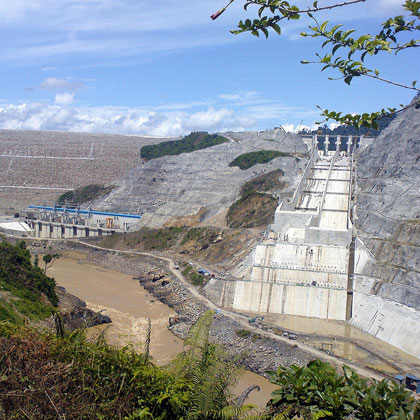Shale-gas extraction calls for water awareness in Texas

Shale-gas extraction calls for water awareness in Texas
A new study calculates the total water usage for shale-gas production in Texas. While the total water usage doesn't overwhelm state resources currently, the variability in local conditions over time will call for more careful consideration of water resources in the future.
Jean-Philippe Nicot and Bridget R. Scanlon, "Water Use for Shale-Gas Production in Texas, U.S."Environmental Science & Technology, Mach 2 (2012), 3850-3586. DOI: http://dx.doi.org/10.1021/es204602t
The process of hydraulic fracturing relies heavily on water. In Texas, most of the water that the industry uses presently comes from fresh water sources—from rivers and streams or from groundwater aquifers. These resources are subject to variability because some parts of the state are humid, others are dry, and there are inherent uncertainties in the patterns of rainfall and drought. There are also the added factors of climate change and population growth. Therefore, the speed at which these water sources can be replenished might be limited compared to the usage required by the growth of shale-gas production, depending on how rapidly the industry expands.
Researchers from the University of Texas at Austin have calculated how much water has been used for hydraulic fracturing in the main production areas in Texas. The new report, published in Environmental Science & Technology, looks at three large shale-gas production areas in Texas: the Barnett Shale, the Haynesville Shale, and the Eagle Ford Shale, in total covering about 120,000 square kilometers. The Barnett Shale is the largest producer in Texas and has been of the most significant sources of natural gas in the United States since the 1990s. The other two areas have been drilled more recently but clearly will be increasing their oil and gas production.
The authors used past trends in water usage to estimate the overall demand from shale-gas production in Texas. They found that total water demand for the past decade in the Barnett Shale was 145 million cubic meters for the period from 2000 to mid-2011, while the Texan portion of the Haynesville Shale demanded 6.5 million cubic meters of water for 390 wells during the same time, and the Eagle Ford Shale used 18 million cubic meters of water for 1,040 wells. This comes out to about 2,900-20,700 cubic meters of water per well for the Barnett Shale, 21,500 cubic meters per well for the Haynesville Shale, and 16,100 cubic meters per well for the Eagle Ford Shale. The total volume of water that goes to hydraulic fracturing in the Barnett area is the same as 9% of the water usage for Dallas. However, all of the areas together represented less than 1% of all of the water demand in Texas—showing that the impacts depend on the scale of analysis.
The authors then projected how much water would be used between 2010 and 2060 given current trends. They found that about 4,350 million cubic meters of water will be used in total, with 1,050 million cubic meters used for the Barnett Shale, 525 million cubic meters for the Texas-Haynesville Shale, and 1,870 million cubic meters for the Eagle Ford Shale over their lifetimes. Overall, this represents an increased but time-limited intensity of water demand in Texas.
The authors acknowledge that there is uncertainty in the projections, depending on the price of gas and the types of technology used in the future. But in any case, the authors suggest that future shale-gas drilling find alternatives, like salty water, which is less ideal for hydraulic fracturing, or recycled water, if present water resources become scarce or of heightened concern. So far, only 5–10% of the water is recycled in the Barnett Shale, and it is not recycled at all in other areas, illustrating that more careful consideration of water resources is already necessary.
This study highlights the need for more nuanced understandings of the water demand from hydraulic fracturing and natural gas extraction. Because Texas has such a long history of shale-gas production and is the largest shale-gas producer in the United States, it's an important place to look for lessons on how to deal with its production elsewhere in the country, and even in other arid regions around the world.




